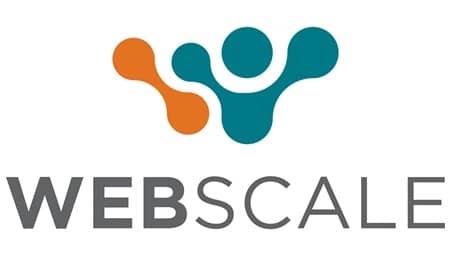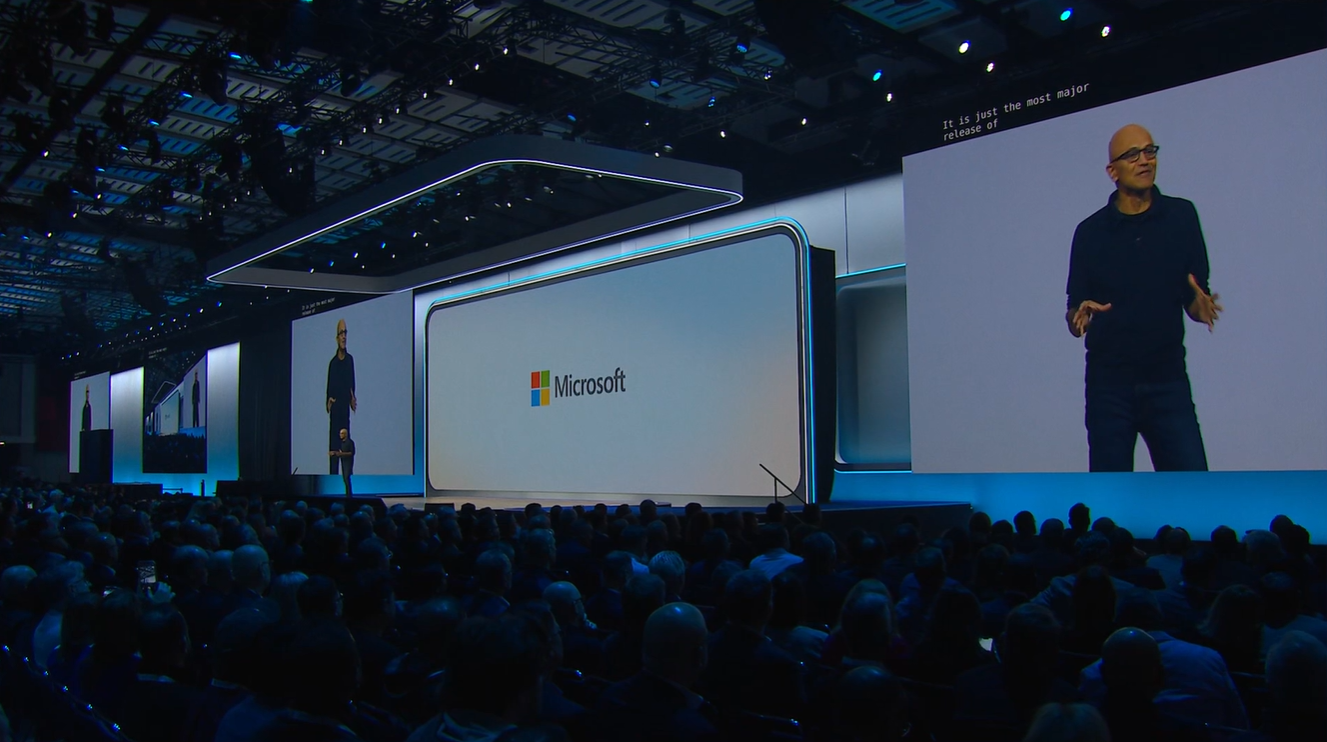- The cost of monolithic frame-based architecture when you store large data quantities is significant.
- Scaling these storage platforms up, or down, can present a major headache. If you run out of space in your current storage frame, you’ll be forced down the route of buying another one, which involves significant capital investment not to mention the time and effort required to get the frame plugged in and operating.
These issues have spurred a wave of development and the likes of EqualLogic, Nimble and Pure have introduced high performance storage arrays with a frameless design. Many businesses have adopted this modular design and it means that a rack can be provisioned to include compute and storage functions which makes for a more efficient data centre. A frameless approach doesn’t result in utopia, it can cause issues with lop-sided provisioning in an environment where services must scale in a predictable, linear fashion. You can quickly end up in a situation where your server performance is restricted by the storage, or conversely where you have a storage platform that is massively underutilised because the system requirements doesn’t warrant such performance. The smart way to address this issue would be to build a converged ‘compute and storage’ platform, and for this platform to aggregate its resources over the network. This is what Google, Facebook et al did, and this is exactly what the terms Web Scale, Converged and Hyper-Converged describe. There is more to it of course, for a start we need to ensure that new nodes can be added to the system without disruption, and that in the event of a node failure, no data is lost, and the system is able to self-heal. Different Web Scale offerings take different approaches to achieve these requirements, but in my experience they work well, and the impression that remains with you is always of their simplicity. It should have always been this easy. I’ve pulled nodes out of a Nutanix cluster and powered off VMware VSAN servers, and the services keep on running. This is essentially how we demonstrated resilience on frameless Equallogics nearly a decade ago – pull the disk, and everything keeps running. It was impressive then, and even more so now. As with the Frameless SAN market, the Web Scale market is fast becoming saturated, and new vendors and collaborations are appearing on a monthly basis, hoping to get a slice of the action. The situation is only going to get more confusing as potential buyers are bombarded by marketing fud and technical hype. The technology has its place, and because you are limited by the chassis size of the server nodes, it may not be appropriate for environments with limited computational requirements but a large data footprint. If you just need more disk, this is not the right solution. There a plenty of SAN vendors out there who ply their trade based on their compression and deduplication abilities, but if you are looking at taking a new approach to your infrastructure design, you need to be able to scale both storage and compute to accommodate additional servers and storage space, and are looking to simplify your data centre environment and manage storage and servers from a single console, then the options are worth investigating.
An industry view Some highlights pulled from recent Gartner and IDC reports include:-
- By 2017 web scale IT will be an architectural approach found operating in 50% of global enterprises, up from less that 10% in 2013.
- By 2020, 25 percent of global enterprise CIO’s will have had previous involvement in corporate web scale IT initiatives, up from less that 5% in 2013
- The hyper-converged systems market grew 162.3% in 2014, and 155% in 2015.
- Simplicity, cost saving and ensuring service delivery are amongst the three primary themes driving purchases of converged systems.
You can read more of their views in the following links:- http://www.gartner.com/newsroom/id/2675916 http://biztechreports.com/blog/2015/02/20/gartner-why-digital-business-means-going-web-scale/
Our view Will this affect your business? Well the industry view suggests that a wave of change has started in the world of infrastructure and adoption rates are increasing. As with the move from Frame-based to Frameless SAN designs, IT professionals are realising that the model makes sense. If you can collapse storage and server architectures into one platform, and it provides business and support benefits, then why would you not investigate the opportunity? We are moving quickly towards a world of grid-based, modular IT infrastructure and it is certainly an exciting place to be.

About the Author: Mike Starnes
Mike has worked in the IT Industry for over 20 years. If he's not talking technology, he'll be reading, playing football or trying to embarrass his daughters.



